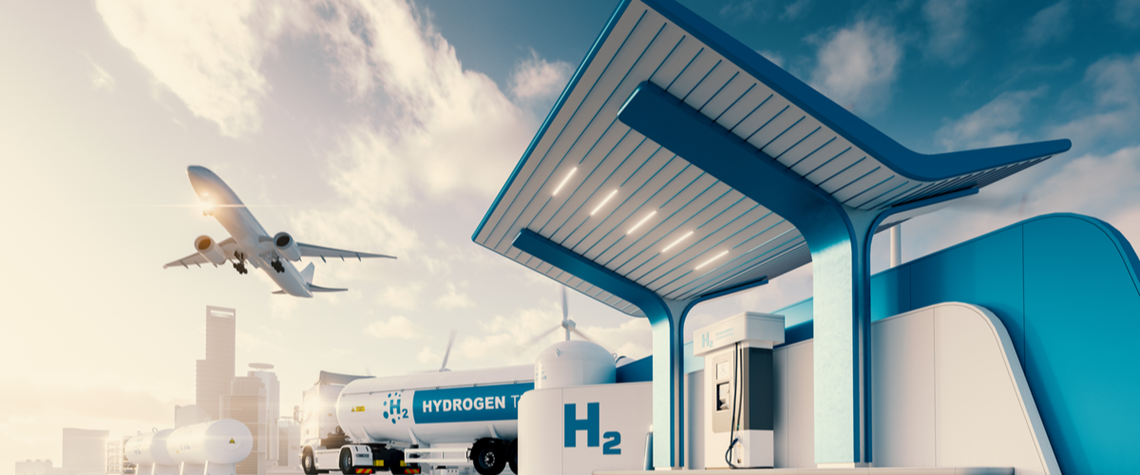2050 scenarios vary on policy unknowns
Demand for low-carbon hydrogen in 2050 could be anywhere between 300mn t/yr and over 800mn t/yr depending on penetration into key sectors after 2030
Demand for low-carbon hydrogen in 2050 could be anywhere between 300mn t/yr and over 800mn t/yr, according to an analysis of various different organisations’ modelling and scenarios by Hydrogen Economist. Estimates for hydrogen’s share of total global energy use range between 5pc and 20pc. The wide range of projections is a result of uncertainties around future policy, sectoral strategies and the degree to which countries are able to achieve their nationally determined contributions (NDCs) to the Paris Agreement. Much of the uncertainty around the models’ projections comes in after 2030. Of the three main scenarios analysed by Hydrogen Economist—those of risk management group DNV, think tank

Also in this section
24 July 2025
Green hydrogen developer advances mega projects in Australia and Oman as key shareholders Shell and BP remain invested
23 July 2025
Electrolysis seen as most leakage-prone production pathway as study warns of sharp increase through 2030 and beyond
22 July 2025
The gas-hungry sector is set for rapid growth, and oil majors and some of the world’s largest LNG firms are investing in ammonia production and export facilities, though much depends on regulatory support
16 July 2025
Major manufacturer cancels rollout of new hydrogen-powered vans and strengthens focus on battery electric and hybrid markets








